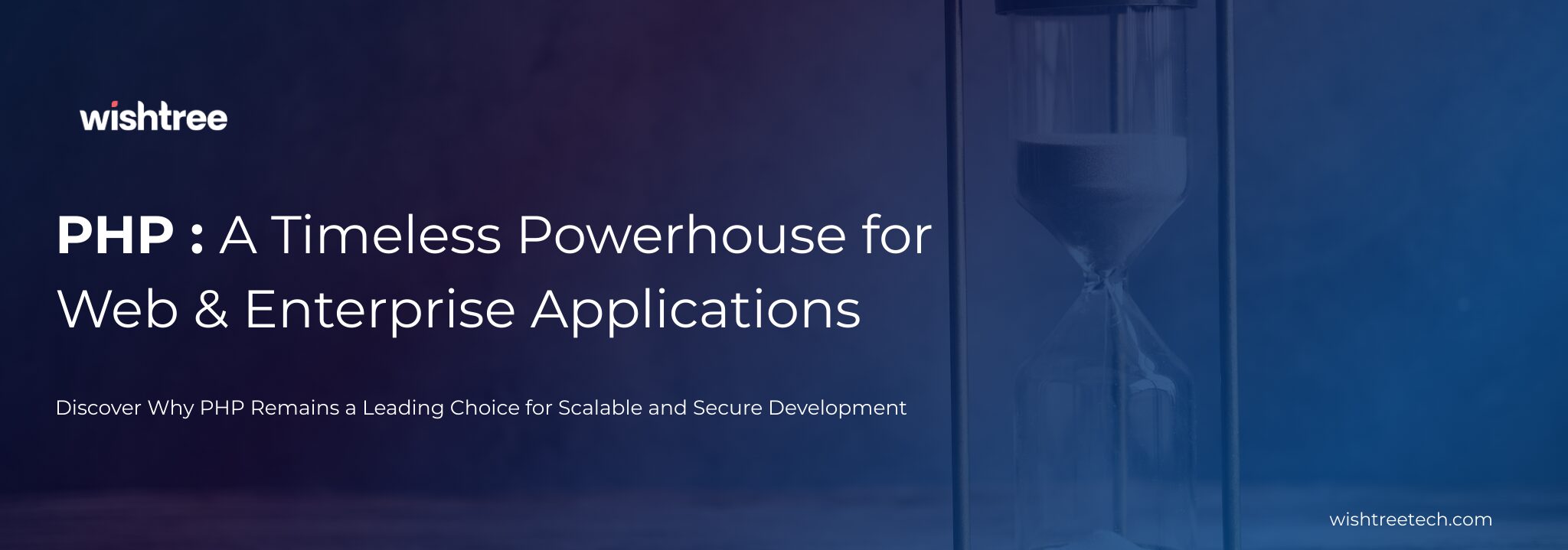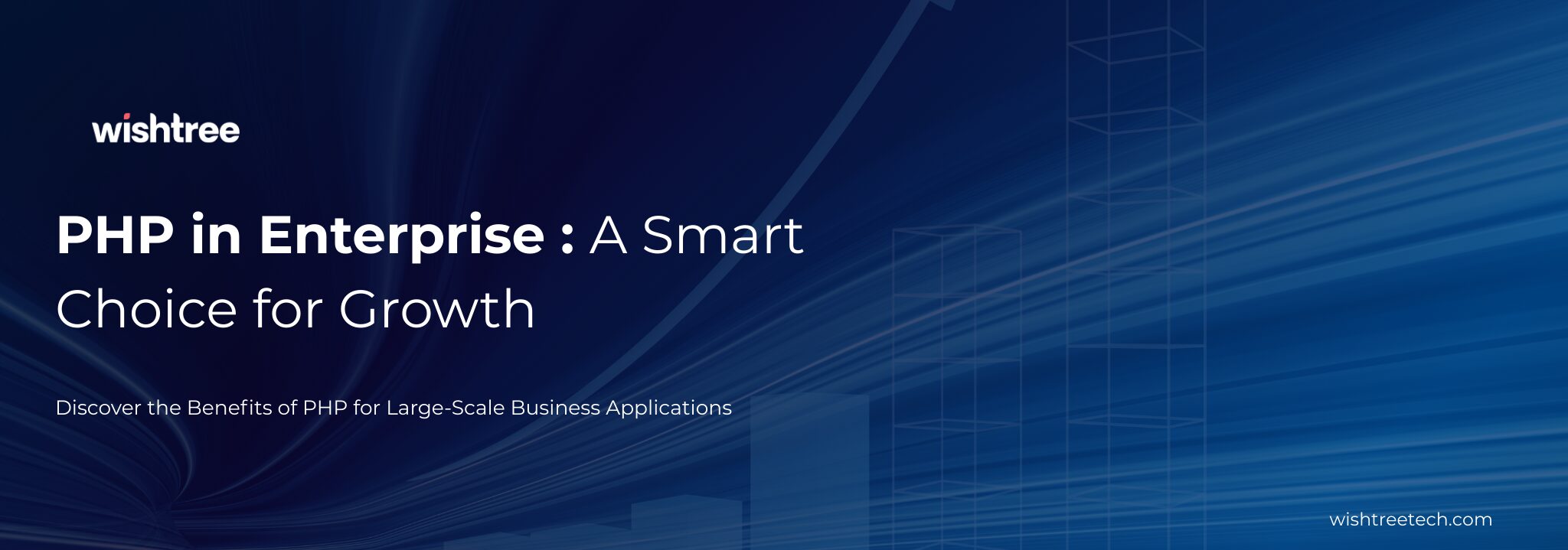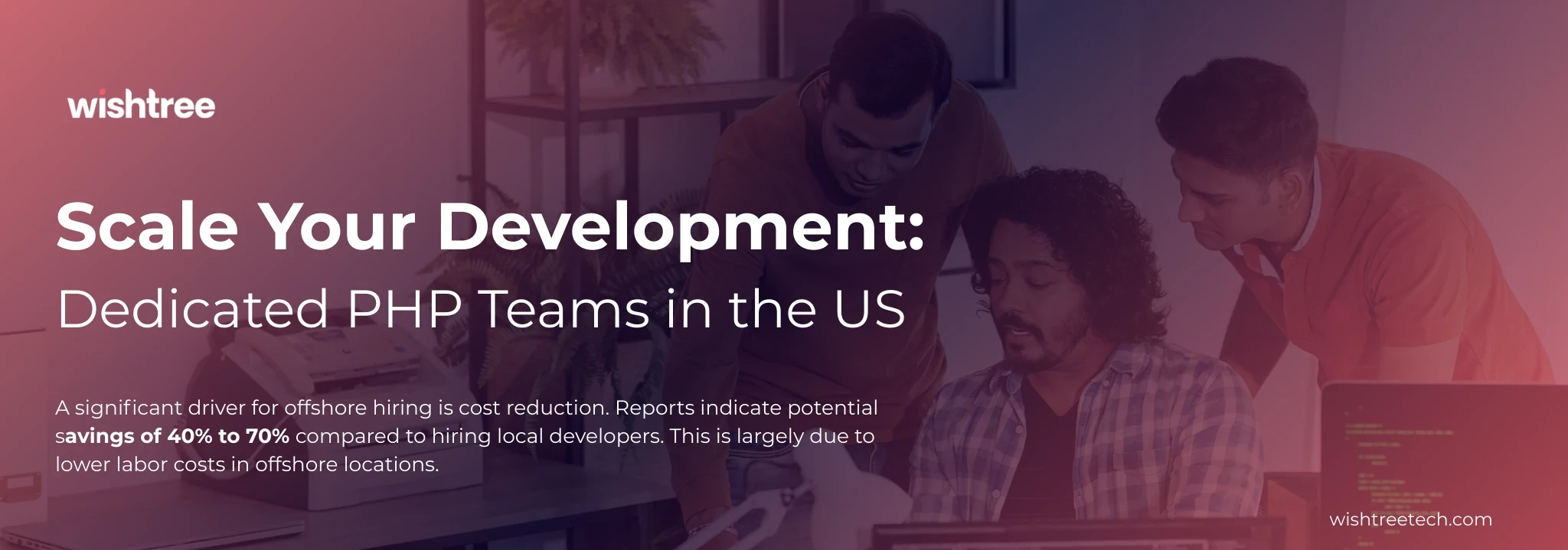Table of Contents
Let’s face it: buying tech is easy for enterprises. Figuring out the real cost? That’s a whole different ball game for calculating the total cost of ownership in enterprise.
As a CTO of an enterprise, your tech decisions are the backbone of your company’s success. Every line of code, every server, and every enterprise software license impacts your bottom line. But amidst the thrill of innovation, it’s easy to lose sight of the big picture: the total cost of ownership in enterprise.
Total cost of ownership in enterprise puts you in control. It helps you:
- Uncover hidden costs: From energy consumption to employee time, TCO reveals the true price of your technology.
- Make data-driven decisions: Compare the long-term costs of different solutions to choose the most efficient and cost-effective options in enterprise software engineering.
- Optimize your tech stack: Identify areas where you can reduce expenses without sacrificing performance in digital product engineering.
- Improve your company’s valuation: By demonstrating a strong handle on costs, you enhance your company’s attractiveness to investors.
- Contribute to sustainability: Reducing your technology’s environmental impact can improve your brand reputation and attract eco-conscious customers.
Whether you’re considering cloud migration, AI adoption, or cybersecurity upgrades, TCO is your guiding star. Prioritize TCO, and you’re not just saving money; you’re investing in your company’s future.
Unraveling the total cost of ownership in enterprise
Understanding the true cost of a technology solution goes beyond the initial price tag. Total Cost of Ownership (TCO) in enterprise is a comprehensive metric that encompasses the entire lifecycle of a product, from its inception to retirement. Let’s break down the key cost components that contribute to TCO:
Initial Development Cost
The journey begins with the initial development cost, which encompasses the expenses incurred in building the product. This includes tangible expenditures like hardware, software, and licenses, as well as intangible costs such as employee salaries, training, and external integrations.
A crucial aspect often overlooked in enterprise software engineering is the evolving nature of product development. As requirements change and technology advances, ongoing development efforts become necessary, leading to recurring personnel expenses and potential regulatory compliance costs.
Operational Cost
Once the product is live, operational costs kick in. These expenses sustain the product’s functionality and include ongoing software licenses, platform subscriptions, and user training. Security, a paramount concern in today’s digital product engineering landscape, also contributes significantly to operational costs through measures like access controls and threat detection.
Maintenance and Support Cost
As the product matures, the need for maintenance and support arises. Technical debt, accumulated through shortcuts or delayed fixes, can escalate these costs. Regular enterprise software engineering upgrades, ensuring high availability, and providing user and administrative support are essential but often underestimated expenses.
Decommissioning Cost
While often neglected, the cost of retiring a product is a critical component of TCO. Data migration, application decommissioning, and potential post-retirement support all contribute to these expenses. It’s essential to recognize that system retirement can disrupt business operations, necessitating careful planning and execution in enterprise software engineering.
Hidden Costs and Overlooked Factors
Beyond these core components, several hidden costs can significantly impact total cost of ownership in enterprise:
- Opportunity Cost: The potential value lost by choosing one technology over another.
- Downtime: The financial repercussions of system outages or performance issues.
- User Adoption: The time and resources invested in training and supporting user adoption.
- Change Management: The costs associated with transitioning employees and customers to new systems.
Step-by-step calculation of total cost of ownership in enterprise
Define the scope in total cost of ownership:
- Clarity is key: Precisely outline the product’s functionalities and features. Consider both functional and non-functional requirements of enterprise software engineering.
- Manage scope creep: Establish a clear scope and adhere to it to prevent cost overruns.
Select the right technology:
- Align with needs: Choose technology that aligns with your organization’s goals and problem-solving requirements.
- Consider long-term factors: Evaluate scalability, interoperability, security, and cost-effectiveness.
- Mitigate vendor lock-in: Create a digital product engineering strategy to avoid dependence on specific vendors.
- Embrace a sandbox approach: Test new technology in a controlled environment to assess costs and risks in enterprise software engineering.
- Navigate global considerations: Account for international regulations, data privacy, and tax implications while calculating total cost of ownership in enterprise.
Estimate development and maintenance costs:
- Quantify risks: Assess potential challenges and their financial impact on the total cost of ownership in enterprise.
- Prioritize change management: Communicate effectively to minimize resistance and ensure smooth adoption.
- Manage dependencies: Identify and address interdependencies to avoid delays and cost increases in enterprise software engineering.
- Invest in documentation and testing: Comprehensive documentation and rigorous testing prevent costly errors when it comes to digital product engineering.
Factor in security and compliance costs:
- Comprehensive security: Implement robust security measures to protect data and systems.
- Adhere to regulations: Comply with industry-specific regulations to avoid penalties.
- Prioritize architectural design: Build a secure and compliant architecture from the ground up.
Monitor and optimize total cost of ownership in enterprise:
- Track key metrics: Monitor performance indicators to identify cost-saving opportunities in enterprise software engineering.
- Leverage architecture decision records (ADRs): Ensure alignment with organizational goals.
- Enforce financial governance: Maintain strict control over technology spending.
- Utilize TCO calculation tools: Automate data collection and analysis for accuracy.
Overcoming challenges in the total cost of ownership in enterprise
Calculating TCO is a complex process fraught with potential pitfalls. To overcome these challenges:
- Involve cross-functional teams: Collaborate with finance, IT, and business stakeholders.
- Use data-driven insights: Leverage analytics to drive informed decision-making.
- Adopt a long-term perspective: Consider the entire product lifecycle.
- Continuously evaluate and refine: Regularly reassess TCO to optimize costs.
Tools for calculating the total cost of ownership
Calculating TCO manually can be time-consuming and error-prone. Fortunately, several digital product engineering tools and enterprise software solutions can streamline the process and provide accurate results.
Spreadsheet-Based Tools
- Excel or Google Sheets: These versatile tools can be customized to calculate TCO based on specific cost categories and formulas. They offer flexibility but require manual data input and calculations.
Dedicated calculation software for total cost of ownership in enterprise
- Specialized TCO software: These tools are designed specifically for TCO analysis. They often include pre-built templates, cost models, and automation features, simplifying the calculation process.
- Cloud cost management tools: Cloud providers like AWS, Azure, and GCP offer tools to track cloud spending and estimate costs based on usage patterns.
Financial Management Software
- Enterprise resource planning (ERP) systems: Some ERP solutions incorporate TCO calculation modules to integrate financial data with operational information.
Popular calculation tools for total cost of ownership
While specific recommendations depend on your organization’s needs, here are some examples of tools to explore:
- Spreadsheet-based tools: Excel, Google Sheets
- Dedicated TCO software: Apptio, RightScale, Flexera
- Cloud cost management tools: AWS cost explorer, Azure cost management, Google cloud cost management
- Financial management software: SAP, Oracle, NetSuite (with TCO modules)
Factors to Consider
- Organization size and complexity: Smaller organizations may find spreadsheet-based tools sufficient, while larger enterprises may benefit from dedicated TCO software.
- Data requirements: Assess the level of detail required for TCO calculations. Some tools may necessitate extensive data input.
- Cost and budget: Consider the cost of the tool itself, as well as implementation and maintenance expenses.
- Integration capabilities: Evaluate how the tool integrates with existing financial and IT systems.
- Reporting and visualization: Assess the tool’s ability to generate clear and informative reports.
- User-friendliness: Consider the ease of use and learning curve for the tool.
Best Practices for Tool Selection
- Identify key stakeholders: Involve finance, IT, and business units in the selection process.
- Evaluate tool functionalities: Compare features and capabilities based on your specific requirements.
- Conduct a pilot test: Try out the tool with a sample project to assess its effectiveness.
- Provide training: Ensure users are familiar with the tool’s capabilities.
- Regularly review and update: Stay informed about tool advancements and adjust your choice as needed.
TCO: Your Blueprint for Long-Term Technology Success
Total Cost of Ownership (TCO) is more than just a financial metric; it’s a strategic compass guiding CTOs towards sustainable technology investments.
For many organizations, the complexity of TCO analysis can be overwhelming. Limited technical expertise or competing priorities often hinder the ability to identify and quantify all cost components. This is where a strategic technology partner becomes invaluable.
What you get with Wishtree as your TCO Partner
- Strategic Technology Selection: Choosing the right technologies and frameworks is foundational to long-term cost efficiency.
- Scalable Architecture: Designing systems that can adapt to changing business needs prevents costly overhauls.
- Performance Optimization: Streamlined code and efficient resource utilization reduce operational expenses.
- Proactive Quality Assurance: Early detection of issues through automated testing minimizes costly post-launch fixes.
- Cloud Optimization: Leveraging cloud services can dramatically reduce infrastructure costs while enhancing scalability and reliability.
- Continuous Monitoring: Proactive performance monitoring prevents costly downtime and optimizes resource allocation.
- Data-Driven Product Development: Analyzing user data informs product decisions, maximizing ROI and minimizing wasted resources.
Uncovering the true cost of a digital product demands a meticulous examination of expenses that extend far beyond the IT infrastructure. Make informed decisions and maximize your ROI with Wishtree as your total cost of ownership partner today!
Wishtree is a product engineering services company with an unmatched reputation that provides solutions to an array of clients, including NASDAQ-Listed companies, Thoma Bravo, Vista Equity Partners, UN Agencies (WHO, UNDP, World Bank), Nonprofits, and Startups.







